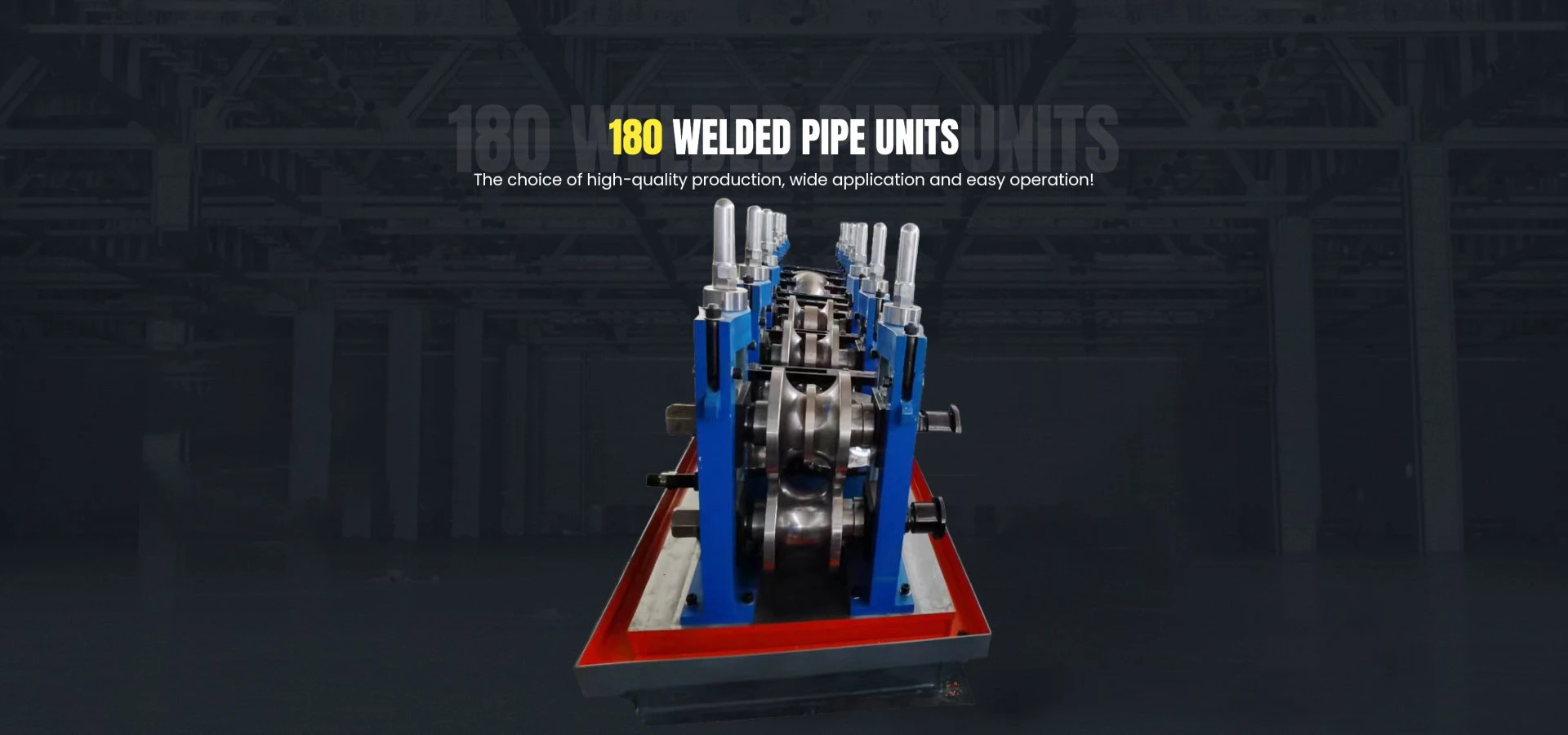rolling mill for sale
Exploring the World of Rolling Mills for Sale
When it comes to metalworking, rolling mills play a crucial role in shaping and processing metal materials. These industrial machines are essential for manufacturers and fabricators alike, enabling them to produce everything from sheet metal to bars and rods. For those in the market for a rolling mill, understanding the types available, their uses, and factors to consider when purchasing can lead to informed decisions and successful operations.
What is a Rolling Mill?
A rolling mill is a machine that reduces the thickness of metal sheets or bars by passing them through a pair of rolls. This process, known as rolling, is a fundamental operation in the metalworking industry. Rolling mills can be classified into different types based on their design, operation, and intended use. Common types include hot rolling mills, cold rolling mills, tandem rolling mills, and section mills. Each type serves specific purposes, making it important for buyers to identify their needs before making a purchase.
Types of Rolling Mills
1. Hot Rolling Mills These mills operate at high temperatures, allowing metals to be easily shaped and elongated. Hot rolling is typically used for producing structural shapes, plates, and sheets.
2. Cold Rolling Mills In contrast, cold rolling is performed at room temperature. The process increases the strength and hardness of the metal while producing a smooth surface finish. Cold rolling is often used for thinner sheets and components requiring tight tolerances.
3. Tandem Rolling Mills These consist of multiple rolling stands arranged in sequence, enabling the continuous processing of materials. Tandem mills are highly efficient and are commonly used in large-scale production environments.
4. Section Mills Specialized for producing sections such as I-beams, channels, and angle irons, section mills are vital for construction applications.
Why Invest in a Rolling Mill?
Investing in a rolling mill can provide numerous advantages for manufacturers. The primary benefits include enhanced production efficiency, the ability to produce custom shapes and sizes, and improved quality control. Rolling mills also allow for greater flexibility in manufacturing processes, enabling companies to adapt to market demands and innovate their product offerings.
rolling mill for sale

Additionally, owning a rolling mill can lead to cost savings in the long run. By reducing reliance on outsourced manufacturing, businesses can effectively control production timelines and expenses—two significant factors in maintaining competitiveness.
Factors to Consider When Purchasing a Rolling Mill
When looking to buy a rolling mill, there are several critical considerations to keep in mind
1. Type of Material Different mills are suited for various materials. Buyers should consider the types of metal they’ll be working with (e.g., steel, aluminum, copper) and choose a mill designed for those materials.
2. Production Capacity Determine the required output. High-capacity mills are suitable for large-scale production, while smaller operations may require compact mills.
3. Size and Footprint Assess the available space in your facility. Rolling mills can be sizable machines, and proper planning is essential to accommodate them without disrupting operations.
4. Technology and Automation Modern rolling mills may offer advanced features such as automation, programmable settings, and improved safety measures. These options can enhance productivity and safety but may require a higher initial investment.
5. Budget Establish a budget for your purchase. Rolling mills can vary significantly in price based on their size, capabilities, and technology. Consider both the initial investment and ongoing operating costs.
Conclusion
With a variety of rolling mills available for sale, manufacturers must take the time to research and identify the best option for their specific requirements. Whether for hot or cold rolling applications, or specialized shapes and sizes, the right rolling mill can greatly enhance production capabilities, improve product quality, and streamline operations. As the metalworking industry continues to evolve, investing in the right equipment, such as a rolling mill, will be critical for businesses aiming to thrive in a competitive landscape. By understanding the features and benefits of rolling mills, buyers can make informed decisions that will pave the way for future success.
-
High Frequency Straight Seam Welded Pipe Production Line-BzZhou Xinghua Machinery Equipment Manufacturing Co., LTD.|line pipe steel&welded gas pipeNewsJul.30,2025
-
High Frequency Straight Seam Welded Pipe Production Line-BzZhou Xinghua Machinery Equipment Manufacturing Co., LTD.|High Precision&Automated SolutionsNewsJul.30,2025
-
High Frequency Straight Seam Welded Pipe Production Line - BzZhou Xinghua Machinery Equipment Manufacturing Co., Ltd.NewsJul.30,2025
-
High Frequency Straight Seam Welded Pipe Production Line-BzZhou Xinghua Machinery Equipment Manufacturing Co., LTD.|Precision Welding, High EfficiencyNewsJul.30,2025
-
High Frequency Straight Seam Welded Pipe Production Line|BzZhou Xinghua|Precision Welding&EfficiencyNewsJul.30,2025
-
High Frequency Straight Seam Welded Pipe Production Line - BzZhou Xinghua|Precision Engineering&EfficiencyNewsJul.30,2025


